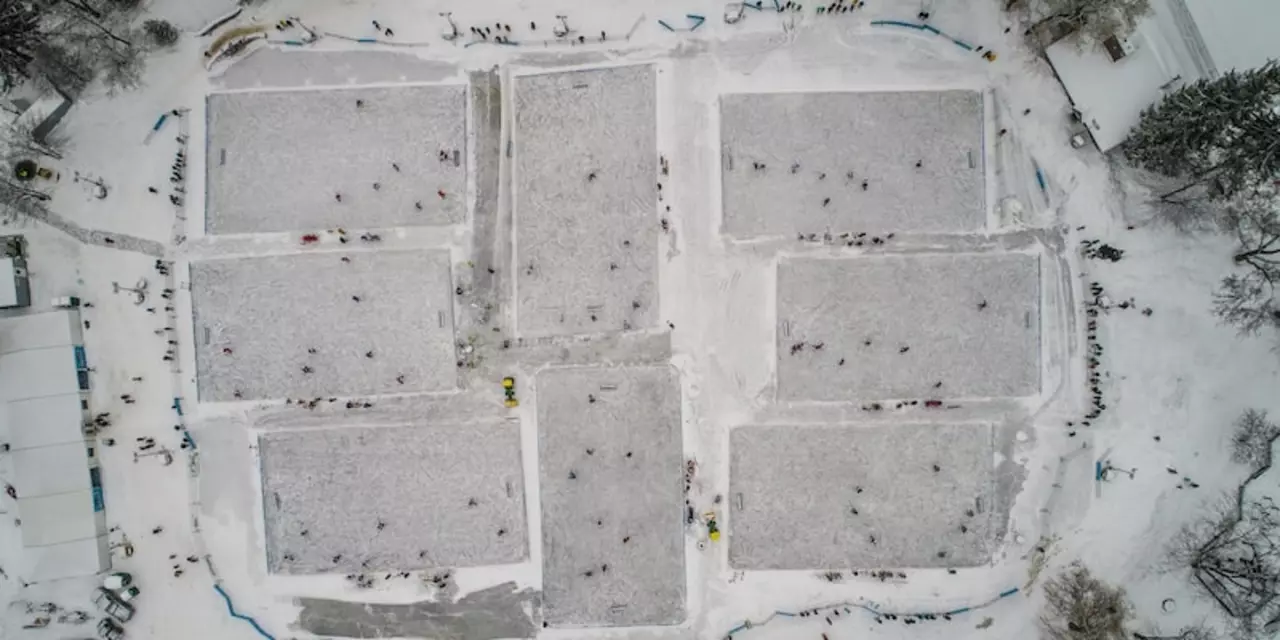Ball – Everything You Need to Know for Field Hockey
When you step onto a blue pitch, the first thing you notice is the bright yellow ball. That ball decides how fast the game moves, how easy you can see it and how you train. At Bromley Hockey Club we see dozens of players ask the same questions: why is the ball that colour, how do you handle it, and what should you look for when buying one?
Why the Ball Is Yellow and the Pitch Is Blue
The yellow ball stands out on the blue turf like a flashing light. The contrast makes it simple for players, referees and fans to track the ball, especially when the sun is high. The blue surface also reduces glare and keeps the ball from blending into the background. That’s why most modern fields, including ours, use this colour combo.
Choosing the Right Ball for Practice and Matches
Not all balls are created equal. For training you can use a softer, slightly heavier ball that won’t damage indoor surfaces. For league matches you need the official weight (around 156‑163 g) and a smooth surface for consistent roll. Look for a ball that meets FIH standards – it will feel solid, bounce predictably and last longer.
If you’re buying a ball, check the stitching. Seam‑less or 32‑panel balls give a smoother flight, while cheaper 28‑panel balls may wobble. A good ball should feel firm in your hand but not so hard that it hurts when you make a quick stop.
Many players wonder whether the ball’s colour can affect performance. It doesn't change the physics, but a bright ball lets you react faster because you can see it sooner. That’s a small edge that matters in tight matches.
At Bromley we run drills that focus on ball control under pressure. One popular exercise is the “lift the ball” drill – you start with the ball at the back of your stick blade, roll your wrists quickly and flick it up a few centimetres. This helps you develop the wrist action needed for aerial passes and shots.
Another common question is why some pitches are still green or red. Those colours were used before the blue standard and can still work, but they often make the ball harder to spot, especially in low light. If you’re playing on a non‑blue surface, consider using a brightly coloured ball like orange or neon green.
When you’re learning to dribble, keep the ball low and close to the stick. Use small, quick touches and keep your eyes up to read the field. This is the same technique we teach kids at our junior sessions – stay relaxed, use the ball’s predictable bounce, and focus on footwork.
Finally, remember to replace your ball regularly. A worn ball can become misshapen, affecting roll and bounce. Most clubs, including ours, recommend swapping balls every 8‑10 matches or when you notice dents.
So whether you’re buying your first ball, polishing your dribbling, or just curious about why the pitch looks the way it does, the answers revolve around visibility, consistency and durability. Keep these points in mind and you’ll get more out of every practice and game.
